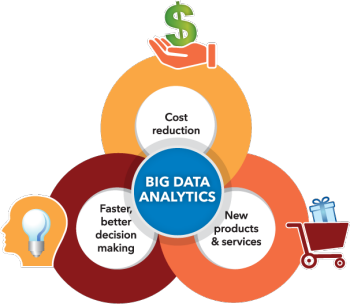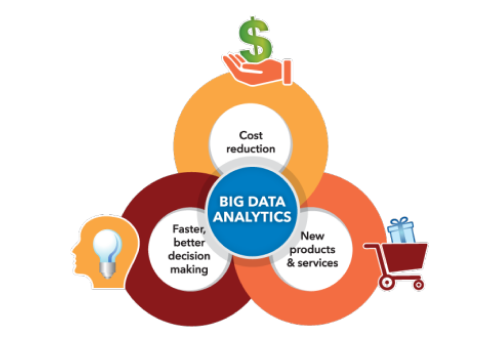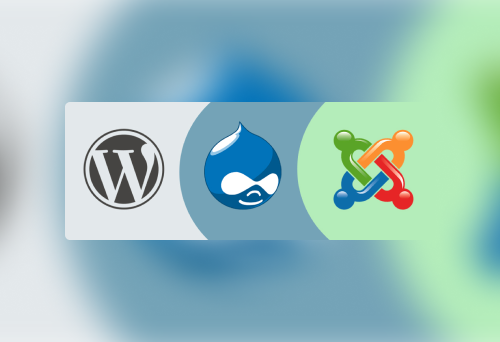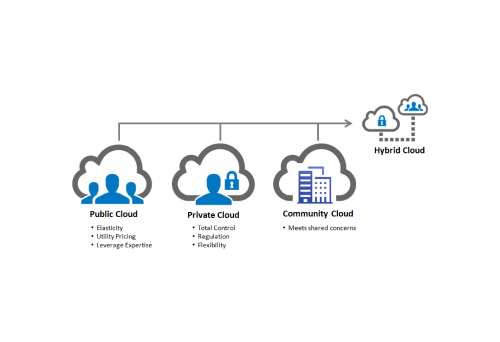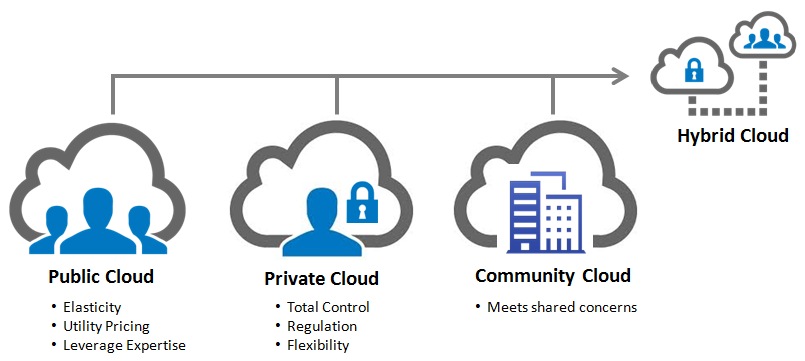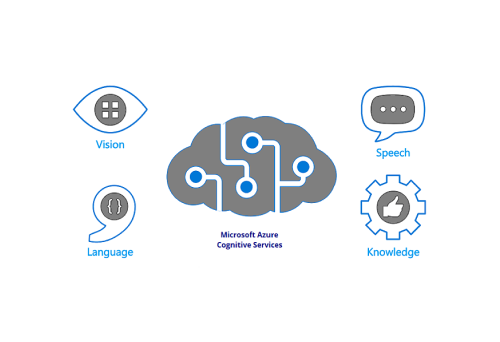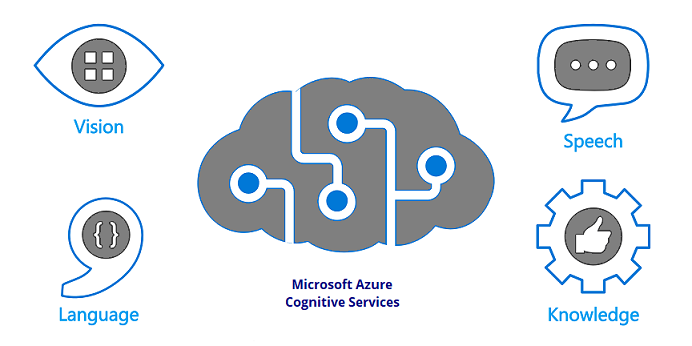Data analytics has become a crucial element for businesses looking to gain insights, optimize operations, and drive growth. Here are eight ways data analytics can improve your business:
1. Enhanced Decision-Making
- Informed Choices: Data analytics provides actionable insights, enabling managers to make better decisions based on factual information rather than intuition. This leads to more strategic planning and risk management.
2. Improved Customer Insights
- Personalization: By analyzing customer data, businesses can understand preferences, behaviors, and trends, allowing for tailored marketing strategies and personalized customer experiences that increase engagement and loyalty.
3. Operational Efficiency
- Process Optimization: Analytics can identify inefficiencies in operations, helping businesses streamline processes, reduce costs, and enhance productivity. This can lead to faster turnaround times and improved resource allocation.
4. Predictive Analytics
- Forecasting Trends: Predictive analytics leverages historical data to forecast future trends, helping businesses anticipate market changes, customer demands, and potential challenges. This enables proactive planning and agility.
5. Enhanced Marketing Strategies
- Targeted Campaigns: By analyzing data on past marketing campaigns, businesses can identify what works and what doesn’t, allowing for more effective and targeted marketing efforts that maximize ROI.
6. Risk Management
- Identifying Risks: Data analytics can help identify potential risks and vulnerabilities in operations, finances, and compliance, allowing businesses to take proactive measures to mitigate them.
7. Increased Revenue Opportunities
- Market Analysis: By analyzing market trends and customer behavior, businesses can uncover new revenue streams and growth opportunities, enabling them to stay ahead of competitors.
8. Performance Measurement
- KPI Tracking: Data analytics enables organizations to define, track, and analyze key performance indicators (KPIs) effectively, providing a clear view of performance across various departments and facilitating continuous improvement.
Conclusion
Incorporating data analytics into your business strategy can lead to significant improvements across various facets of the organization. By leveraging data-driven insights, businesses can enhance decision-making, optimize operations, and create personalized experiences that foster customer loyalty and drive growth. As data continues to grow in importance, organizations that prioritize data analytics will be better positioned to thrive in an increasingly competitive landscape.
For more information, contact SNP Technologies Here.
